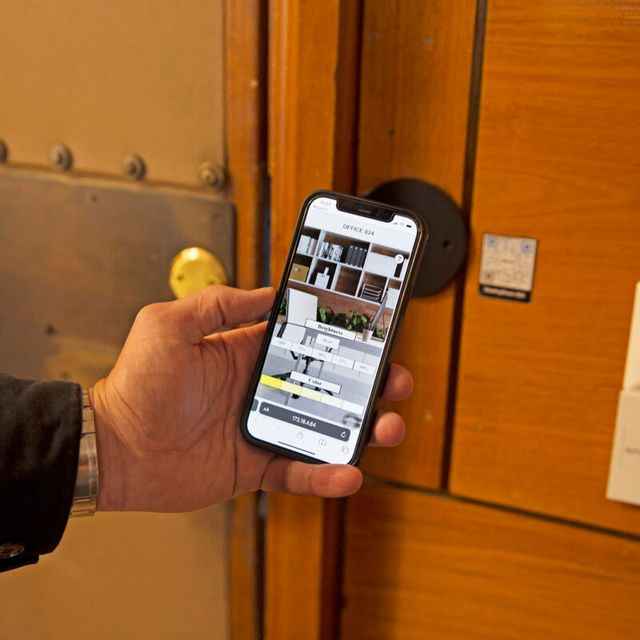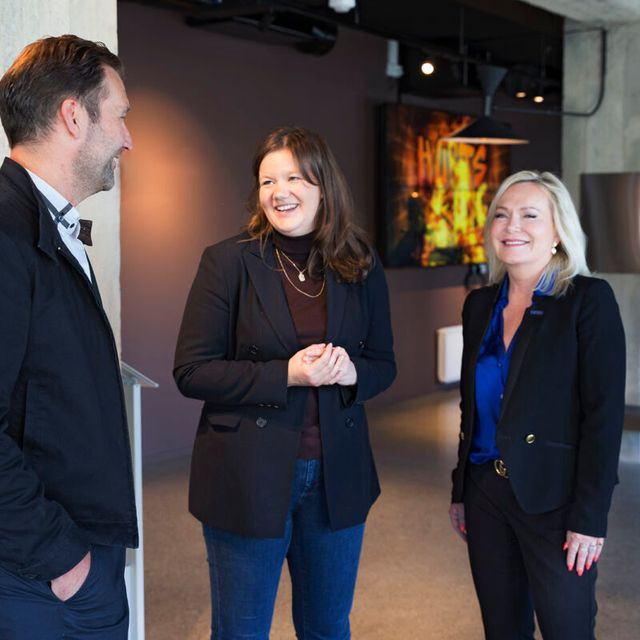
19/06/2023
Seamless automation for climate - Gratech
Since 2009, the married couple Eric and Inger-Lise Grabner have delivered seamless automation to various industries.
Customers have come from the maritime, military, and aerospace industries, but today, one segment clearly dominates: buildings.
"Our customers want to gain overview and control of their buildings. They want them to operate more energy-efficiently, and all the solutions we offer at Gratech are geared towards this," says Eric Grabner, Managing Director of Gratech.
Reduced costs and increased lifespan
According to the couple, it all began with a contract with ASKO. In 2009, ASKO aimed to reduce energy consumption in its warehouse buildings by only lighting up where forklift drivers were operating, in addition to wanting a system to monitor energy use. This required technical expertise, and Gratech was headhunted to deliver on the agreement.
"We started by replacing all bulbs with LEDs and setting up sensors and control systems. When we finished the first building, they had saved NOK 750,000, just by automating lighting. That was a lot then, and think about what the gains would be with today's electricity prices," says Inger-Lise Grabner, Market and Business Developer at Gratech.
In addition to reducing energy consumption and costs, automating lighting also increased the facility's lifespan from 10 to 15 years.
"The project resulted in us repeating the success in 5-6 other ASKO buildings and assisting them in streamlining their freezer areas as well," explains Inger-Lise.
Demand-based control + reduced material use = lower carbon emissions
Gratech is committed to offering solutions that contribute to reducing the carbon footprint. Key elements here are reduced material use and demand-based control.
"A building typically has many components such as intrusion security, lighting control, ventilation, etc. By avoiding having two components that do the same thing, you can reduce material use and thus also carbon emissions," explains Eric Grabner.
He further explains that the biggest source of energy consumption in commercial buildings is the building's heating and cooling systems.
"Now that more people have flexible working days and rarely the entire workforce is physically present in the office, energy should not be used to heat rooms that are empty. By implementing demand-based control, you have the opportunity to only heat the part of the building where your employees are actually located," Eric says.
Climate partners as a contact surface and spokesperson
Eric and Inger-Lise Grabner explain that although they have several major projects in their portfolio, they are a small company and greatly appreciate the opportunity to use Climate Partners as a contact surface to reach the market with their green solutions.
"Climate Partners are found throughout the country, and since we have had projects all the way up in Alta, we thought it seemed like a good match. In addition, there is enormous development in the green transformation of buildings, and we believe Climate Partners can be an important spokesperson to communicate the possibilities," emphasizes Inger-Lise.


